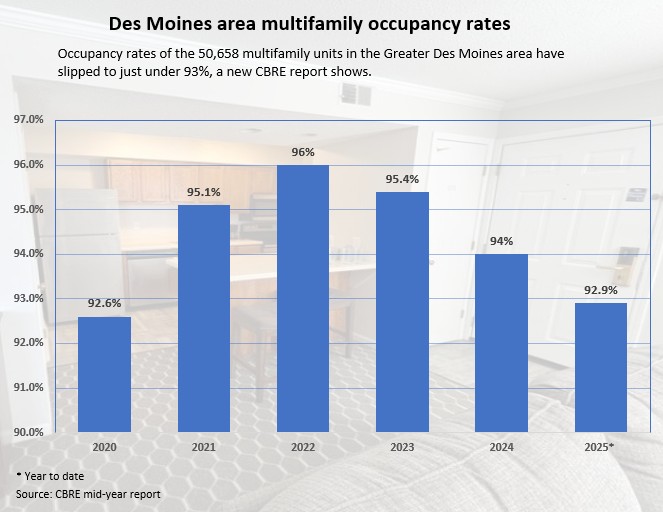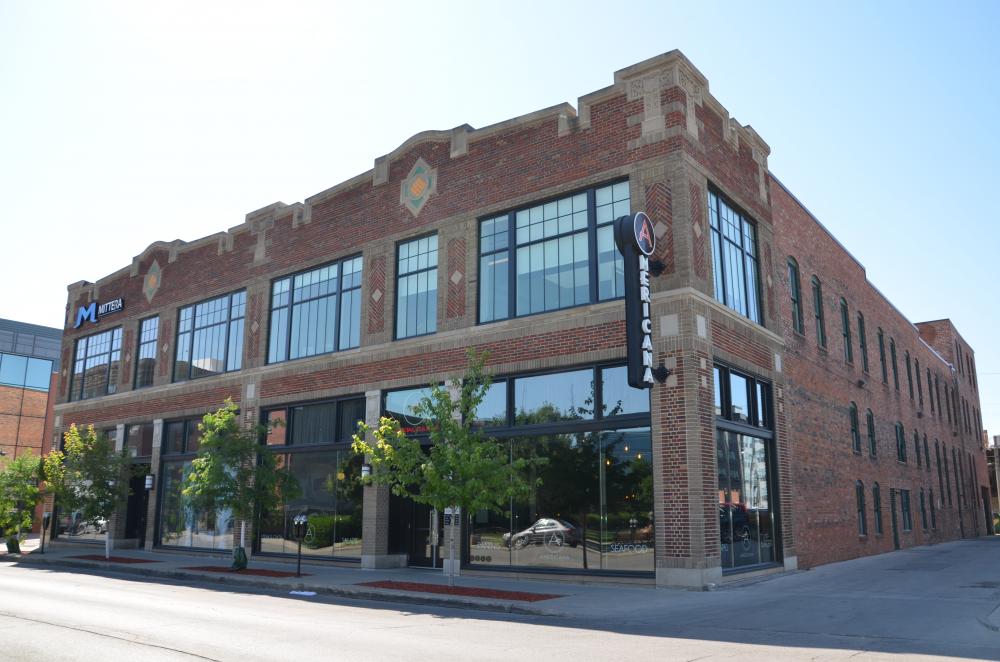Industry Report: Real Estate & Development
Your QUICK Briefing on One Big Industry

New law to allow for easier viewing of mechanic’s liens
Less than a week after Regency Homes LC went of business in 2008, contractors and suppliers filed mechanic’s liens in Polk County District Court saying they were owed more than $1 million by the company, once the state’s largest home builder.
One company, one county, one big headache for banks and homeowners who needed to determine which claims were legitimate. Settling those claims complicated closings on home sales. The question was, does the contractor have an ownership right thanks to an unpaid bill.
You can repeat that scenario in every county where Regency built homes. State law has long required contractors to file a notice that they were under contract to supply services of one sort of another on a residential construction project.

“A lot of the industry didn’t know what was in the law in the first place,” McDougal said.
They found out in a hurry when Regency collapsed and the suppliers filed mechanic’s liens with county clerks of court saying hadn’t been paid for work completed.
Those mechanic’s liens and all related documents now will be filed with the secretary of state, McDougal said.
In contractors, suppliers and subcontractors don’t file the notice, they lose the right to file a claim for payment, she said.
“For lenders and homeowners, it will make things easier,” McDougal said.
Under the new law, “everybody has a place to go” to find out whether the notices and liens have been filed, said Sharon Presnall, senior vice president for government relations for the Iowa Bankers Association.
The system saves banks and homeowners the trouble of tracking down contractors and checking with county clerks of court to determine whether there is a legitimate claim that could prevent closing a home loan, Presnall said.
Bankers began pressing for a change in the law after Regency collapsed. The Iowa Legislature passed the bill this year and Gov.Terry Branstad signed it into law in April.
Creighton Cox, director of the Home Builders Association of Greater Des Moines, said the change in the law will cause some confusion for contractors until they become accustomed to the online system. In the long run, the law will benefit builders and suppliers.
Another benefit is that the new provides contractors with expanded accessibility to attorneys fees if they are successful in pursuing a claim.
By making it easier to find out whether contractors have been paid, the law also could help prevent the withering of the association’s ranks after the collapse of Regency and other developers following the financial crisis of 2008.
In January 2007, the association had 710 members. After Regency’s collapse, membership fell to 425. It has since rebounded to about 500, Cox said.
Presnall pointed out that Regency wasn’t solely to blame for the confusion that existed in 2008 in determining whether contractors had been paid for their work.
“It was always a problem,” she said. “(Regency) was the stark reality of the problem.”

Measuring a resurgence in home building

Permits for new homes have increased 40 percent this year over last, and month-to-month increases are even more dramatic, he said.
But there are other numbers he follows. They might not be tied directly to the economy, but Cox uses them as a gauge of the recovery.
For example, attendance at the organization’s spring golf outing increased to 136 this year. In 2009, 82 people played.
Membership events are drawing 125 to 150 people compared with 75 last year.
Turnout for the association’s annual home expo jumped to more than 12,000 this year in Ankeny. Last year’s event had an attendance of 7,500.
Those are numbers that could tell the story of a recovery.
Predictions for construction spending
The Associated General Contractors of America has taken a look at economic indicators at made these four predictions about construction spending through 2017:
1. Total construction spending will increase 6 to 10 percent a year;
2. Material costs will increase 3 to 8 percent a year;
3. Labor costs will increase 2 to 4 percent a year;
4. Bid prices prices will increase 2 to 5 percent a year.











